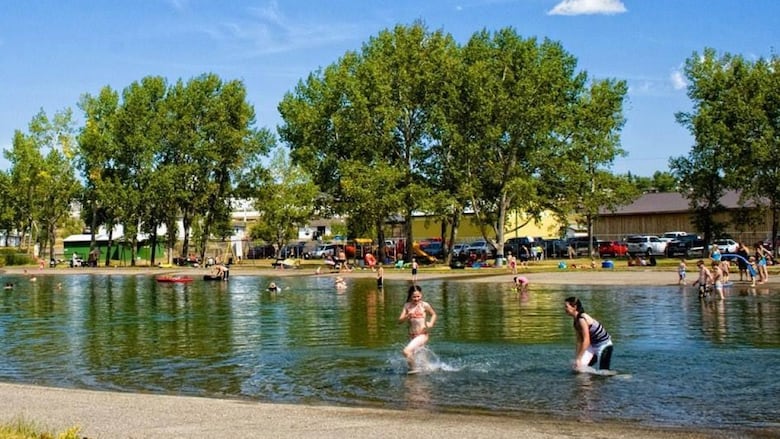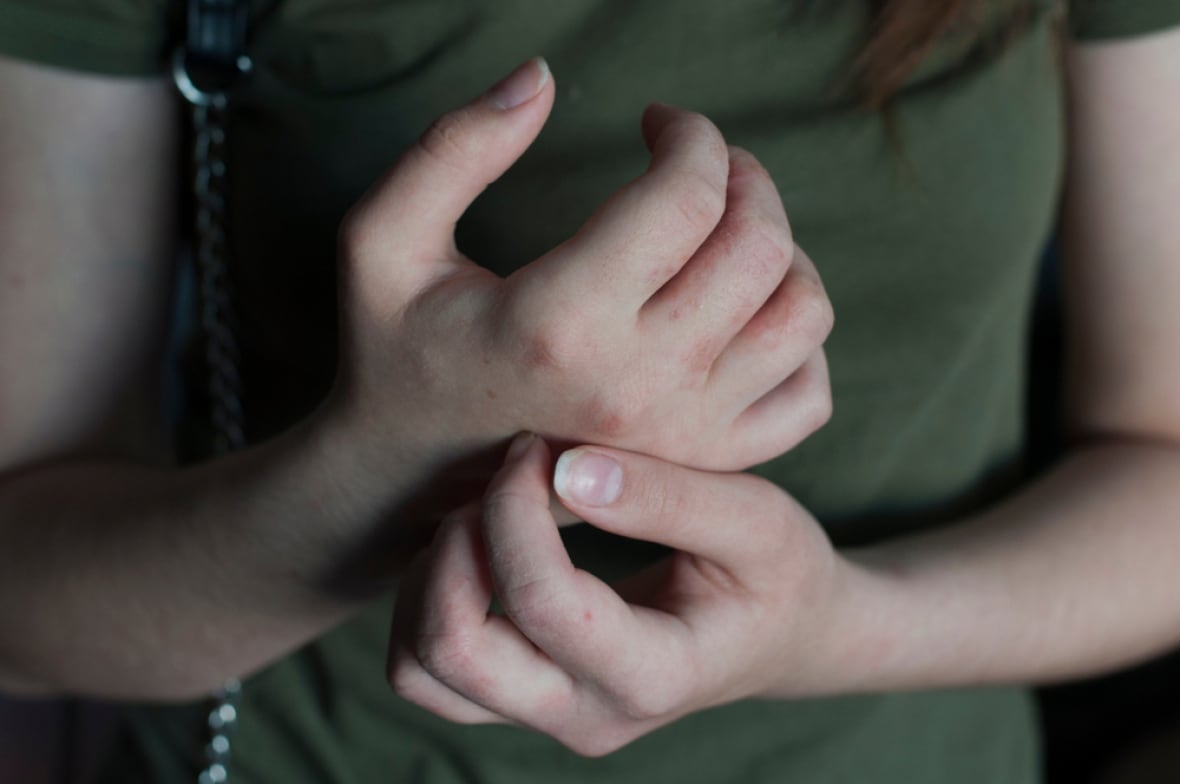What is swimmer's itch? And how can you treat it?
CBC News asked 2 experts about a common consequence of swimming in B.C. lakes

For many, it's not summer until you've taken a dip in one of B.C.'s glistening lakes, a welcome reprieve from those hot July days.
But sometimes, you end up with something not so welcome: itchy red bumps on your skin.
Some call it swimmer's itch, some call it duck itch, and for others, it's simply the itch.
But what is it, exactly?

University of Northern British Columbia zoologist Dezene Huber said that itch — whatever you call it — is caused by a parasitic flatworm.
"It's really quite tiny," he told CBC's Daybreak North guest host Bill Fee. "You're not able to really see it very well with your naked eye."
That worm begins as an egg in the water, Huber said, and when it hatches, the little larvae swim using little hairs on the sides of their bodies in search of a snail. Once they get into the snail, they reproduce asexually in "vast numbers."
From there, the new larvae leave the snail, in search of something larger — any sort of water bird, but usually a duck, Huber said.
Once they find a duck, they burrow into the bird's feet and get into its circulatory system en route to its gut. That's where they lay the eggs that are then returned to the water when the duck poops.
You may notice humans aren't involved in that life cycle at all. But humans, like ducks, are warm in the water, so sometimes, those little parasites mistake people for ducks.

"They're really well adapted to survive in a duck, but they're not well adapted to survive in a human, so as soon as they burrow into the skin of a human, they die just underneath the skin of the human and that causes an allergic reaction," Huber said. "It's basically parasites making mistakes in a fairly complex life cycle."
Those itchy red bumps you get are an immune response as your body rejects a parasite trying to get inside you, Huber said.
Treatment
While these parasites aren't causing long-term harm to humans, that itch can be pretty uncomfortable. According to the province, scratching those bumps can lead to pain and even infection.
Fort St. James, B.C., pharmacist Ankur Pipaliya said the best tip for avoiding the itch is to avoid swimming in areas known to be a problem for swimmer's itch..
But, if you do, he said, towel dry or shower immediately after you get out of the water.
Showers should be with cold water, Pipaliya said. And then, he said, apply moisturizer.
"Dry skin, it promotes that allergic reaction. So if your skin is moist, it kind of helps you from having any irritations."
If it's too late and you've already got red, itchy bumps from swimming in the lake, Pipaliya said he usually suggests mild corticosteroid creams to reduce discomfort, along with cold showers and cold compresses on the bumps.
He said Epsom salts and baking soda also help, as well as over-the-counter allergy medications like Benadryl.
The province also suggests calamine lotion and colloidal oatmeal baths for relief from swimmer's itch.
It said symptoms can develop within 12 hours after infection, and can last anywhere from two days to two weeks.
And if you do get an infection because you just couldn't stop from scratching, see a doctor, the province says.
With files from Betsy Trumpener and Daybreak North